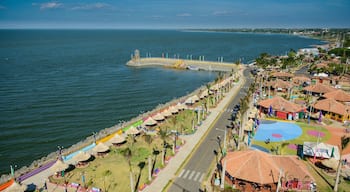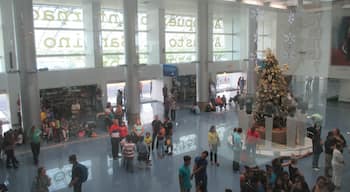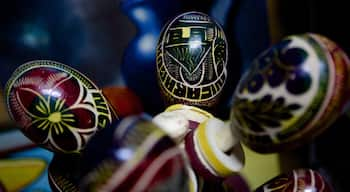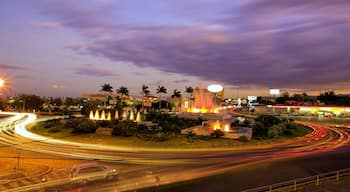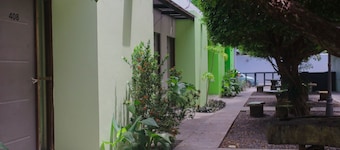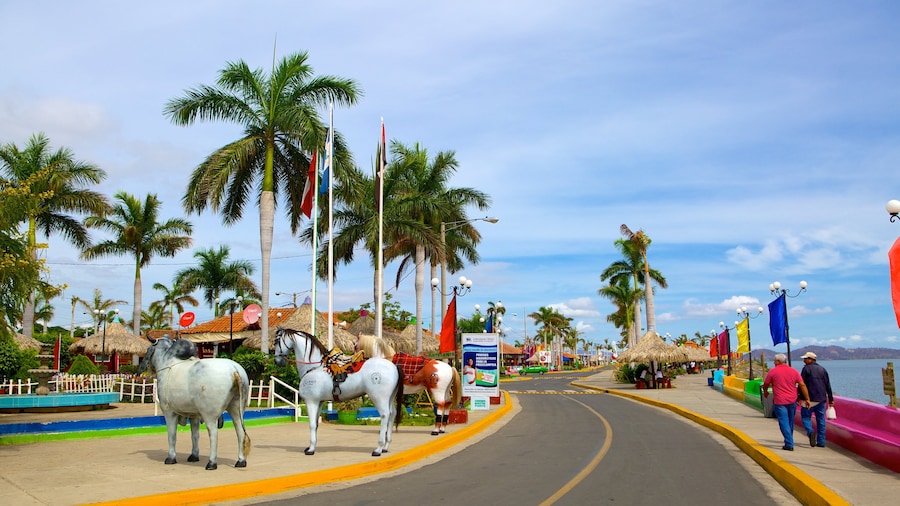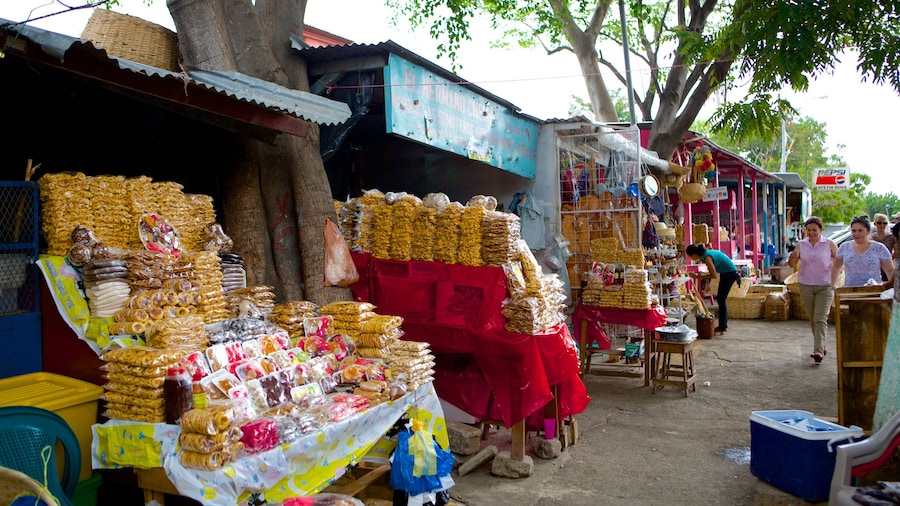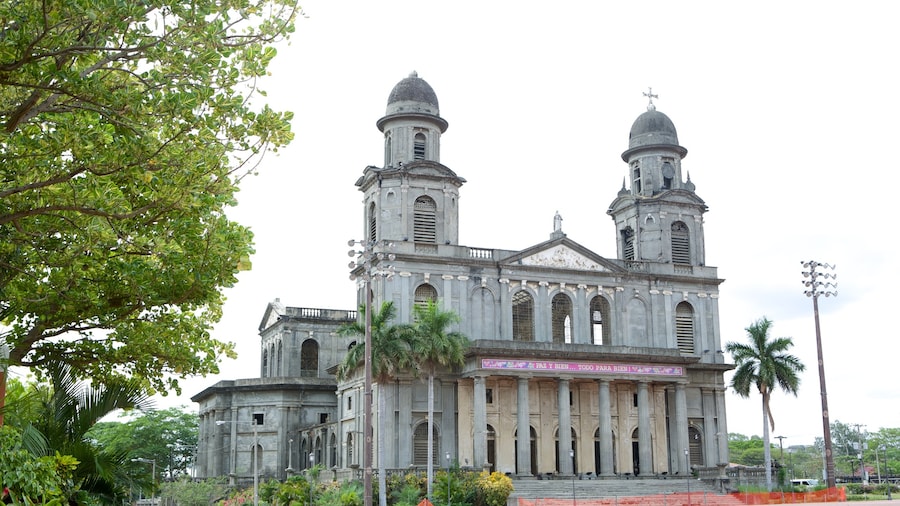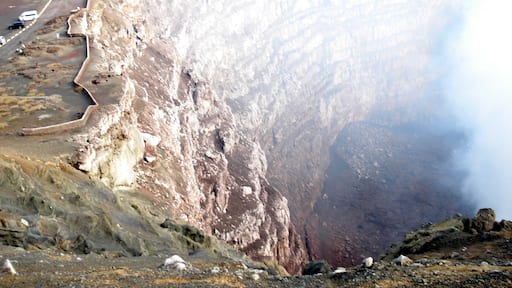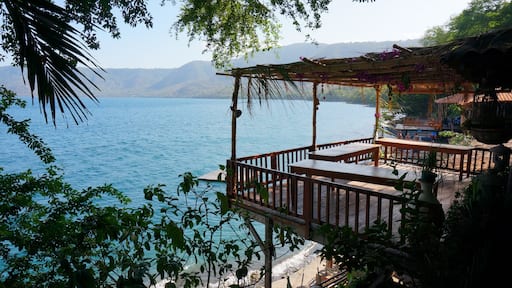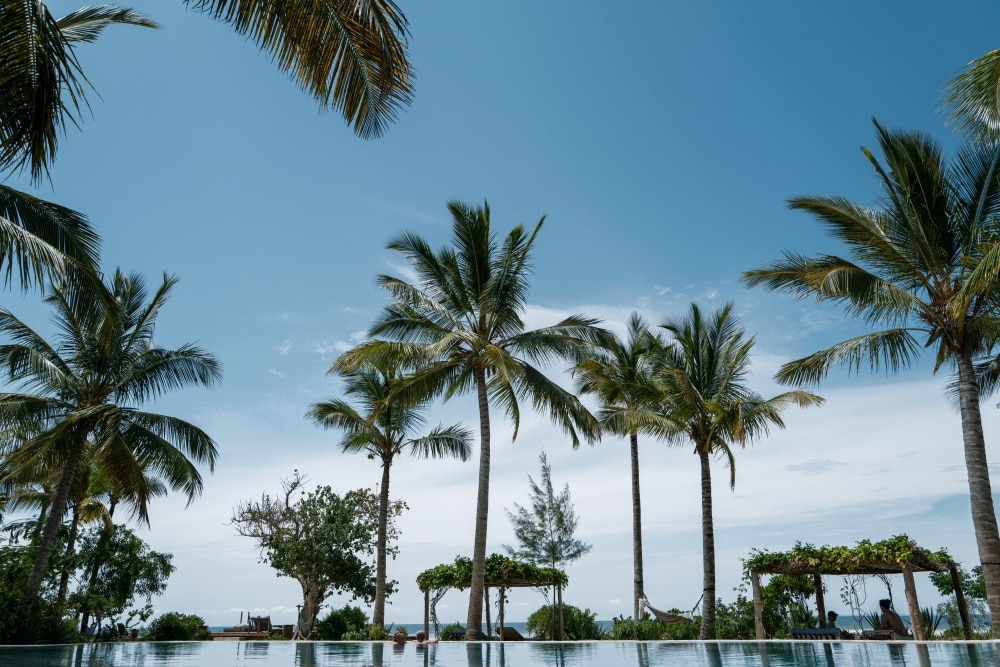A rich cultural and natural heritage, including ancient crater lakes and remnants of 16th-century colonial architecture, characterize the Nicaraguan capital.
Managua’s old-world beauty is slowly giving way to a multicultural urban centre full of redevelopments. Surrounding all this are rainforests, crater lakes and mountains. Managua is a destination for the intrepid traveller who will appreciate preserved Central American charms, unspoiled nature and cheap modern facilities.
The capital of poverty-stricken Nicaragua on the banks of Lago Xolotlán (Lake Managua) is home to over a million residents. The older generations still remember the devastating 1931 and 1972 earthquakes and the political upheaval that followed.
Grab a bottle of pinolillo, a cacao and corn drink, to cool down as you walk. Note that some areas are unsafe to explore on your own, either on foot or by car, especially after dark. Take buses, join a guided tour or, if you understand Spanish, pay a taxi driver extra cordobas to give you a narrated tour.
Some relics have survived in the old town and the Zona Monumental. Inspect the exterior of the ruined Antigua Catedral Santiago de Managua and enjoy the sunshine in Parque Central, a neoclassical park. See the nearby National Palace (Palacio Nacional de la Cultura), a museum full of pre-Columbian ceramics and prehistoric mammal bones. Visit the Museum of Acahualinca to see preserved human footprints from thousands of years ago.
In the entertainment districts, such as Zona Rosa and the Malecón, visit one of the restaurants and bars full of university students. Alternatively, buy frijoles (fried kidney beans) in corn wraps or sweetened tamales wrapped in leaves from a street vendor.
Zipline over the Tiscapa Lagoon from the elevated Historical Park or hike to the crater in the Masaya Volcano National Park. A little farther away is the Pacific Coast and the white sand of Montelimar Beach.
Visit tropical Managua between November and April to enjoy Nicaragua’s dry season. Its international airport is close to Managua and buses run to nearby Granada and León. Long-distance buses leave Managua for El Salvador, Honduras and Costa Rica.





